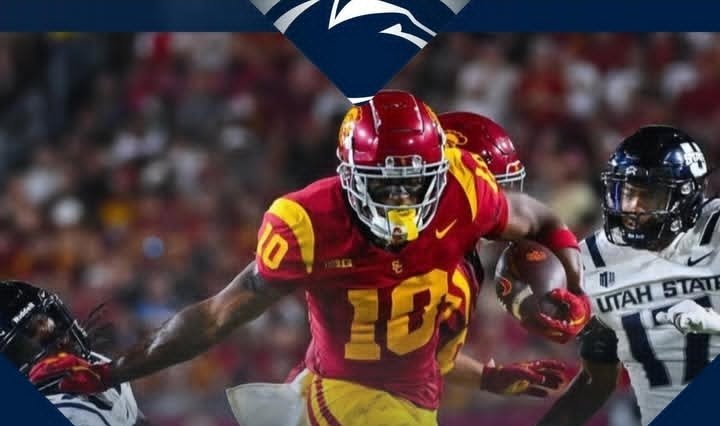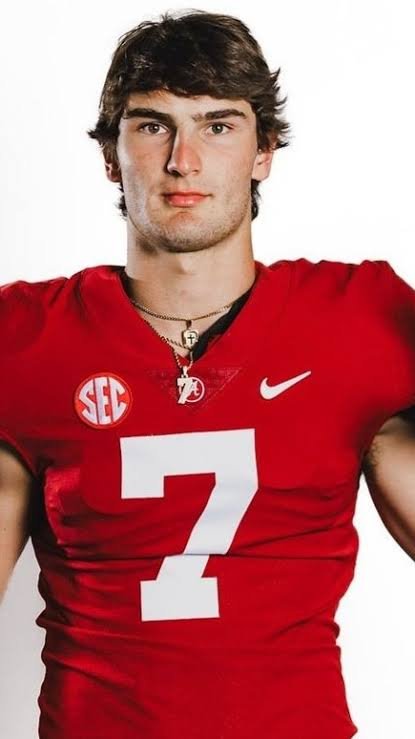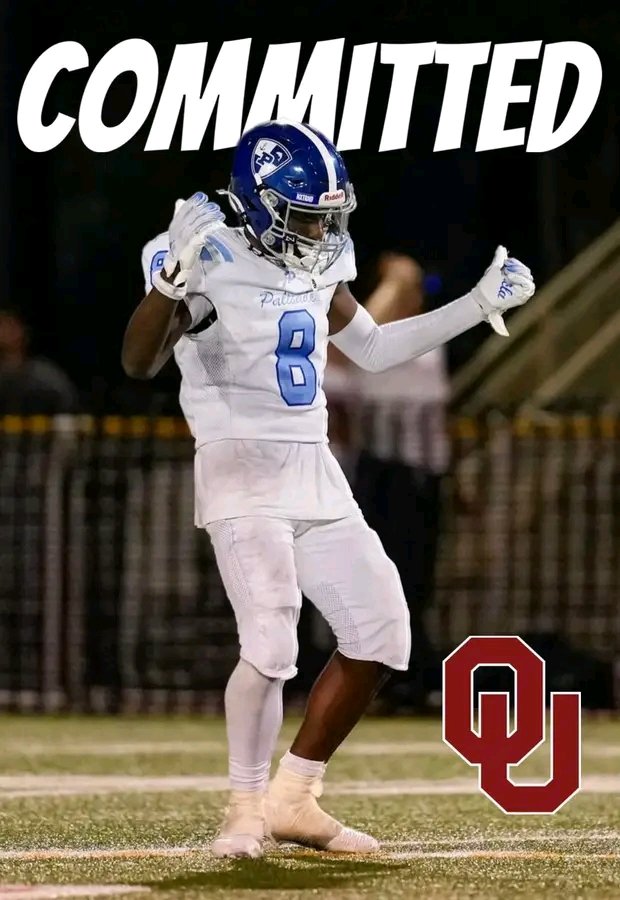“Kyron Hudson’s SHOCKING Penn State Transfer: Did NIL Deals CORRUPT USC’s Star Receiver?”
Kyron Hudson’s Shocking Penn State Transfer: Did NIL Deals Corrupt USC’s Star Receiver?
The college football world is reeling. Just when it seemed the dust had settled on a relatively quiet offseason, a bombshell has dropped, sending seismic waves through the Pac-12 and echoing all the way to State College, Pennsylvania. Wide receiver Kyron Hudson, a rising star at the University of Southern California, is transferring to Penn State. But this isn’t just any transfer; the circumstances surrounding it, the timing, and the whispers circulating online have ignited a firestorm of speculation. The question on everyone’s mind: **Did the allure of lucrative NIL (Name, Image, and Likeness) deals corrupt this star receiver’s decision, turning the hallowed halls of college football into a high-stakes marketplace?**
Hudson’s departure from USC is a significant loss. After a promising sophomore season marked by flashes of brilliance and an undeniable connection with the quarterback, expectations were high for Hudson in the upcoming year. He was poised to become a focal point of the Trojan offense, a reliable target, and a leader on the field. His speed, route running, and hands made him a threat to score every time he touched the ball. The Trojan faithful were dreaming of a championship run, and Hudson was a key piece of that puzzle.
Now, that puzzle is shattered. His sudden announcement, leaving even his teammates and coaches reportedly blindsided, has sent shockwaves through the USC program. While transfers are increasingly common in the modern era of college football, the abruptness of Hudson’s decision, coupled with the potential for a significant upgrade in NIL opportunities at Penn State, has fueled intense debate.
The immediate impact on USC is undeniable. The Trojans must now scramble to fill the void left by Hudson’s departure. They’ll likely need to rely on a combination of returning players, incoming freshmen, and potential transfers to find a replacement. This could significantly alter their offensive strategy and potentially impact their chances of competing for a conference title. More broadly, the transfer raises questions about program stability and the ability of USC, a program with historical prestige and a rich tradition, to retain its top talent.
But the story doesn’t end with USC’s loss. Penn State, fresh off a solid season and looking to climb the ladder in the competitive Big Ten, is celebrating a significant acquisition. Hudson immediately becomes one of the most talented players on their roster, adding a dynamic playmaker to an already solid receiving corps. His presence elevates the Nittany Lions’ offensive ceiling and significantly boosts their chances of making a push for the College Football Playoff. The coaching staff at Penn State is undoubtedly thrilled, envisioning the impact Hudson can have on their passing game.
However, the true crux of the matter lies in the potential role of NIL deals in this transfer. While neither Hudson nor his representatives have explicitly stated this as the reason for his departure, the timing and circumstances raise eyebrows. Penn State, with a strong alumni network, a burgeoning NIL market, and a reputation for supporting its athletes, may have presented an offer USC simply couldn’t match.
The NIL landscape is a complex and evolving one. It’s a world where athletes can legally profit from their name, image, and likeness, a right they previously lacked. While this has brought opportunities and empowerment to college athletes, it has also opened up new avenues for potential exploitation, ethical grey areas, and the blurring of lines between amateurism and professionalism.
The potential for NIL deals to influence transfer decisions is undeniable. Athletes, particularly those with high profiles, now have the power to leverage their marketability to seek the best financial opportunities. This can lead to situations where players choose programs not based on coaching, academics, or team culture, but solely on the promise of lucrative endorsement deals and financial incentives.
This is not to say that Hudson’s decision was solely motivated by money. It’s possible that other factors, such as playing time, offensive scheme, or even personal relationships, played a role. However, the undeniable fact remains: NIL is a powerful force in college football, and its influence on player movement is becoming increasingly significant.
The whispers of potential NIL corruption are a dark cloud hanging over Hudson’s transfer. This isn’t to accuse anyone of wrongdoing outright, but the situation certainly invites scrutiny. Were offers made that crossed ethical lines? Were promises made that exceeded the bounds of fair competition? These are questions that will likely linger in the minds of fans and analysts alike.
The NCAA, grappling with the rapidly changing NIL landscape, faces a monumental challenge. They must strike a balance between protecting the rights of athletes to profit from their name, image, and likeness and preserving the integrity of the game. This requires robust regulations, clear guidelines, and strict enforcement to prevent the potential for pay-for-play schemes and undue influence on player decisions.
In the wake of this high-profile transfer, college football is once again at a crossroads. Kyron Hudson’s move to Penn State serves as a stark reminder of the transformative power of NIL and the evolving landscape of the sport. Whether this transfer was driven by genuine opportunity or tainted by the pursuit of financial gain remains to be seen. But one thing is clear: the game is changing, and the consequences of these changes will continue to reverberate across the college football landscape for years to come. The saga of Kyron Hudson’s transfer is a cautionary tale, a microcosm of the challenges and complexities of modern college football, and a stark reminder that the pursuit of money can sometimes overshadow the love of the game. The clicks are coming in, and the debate has just begun.




Post Comment